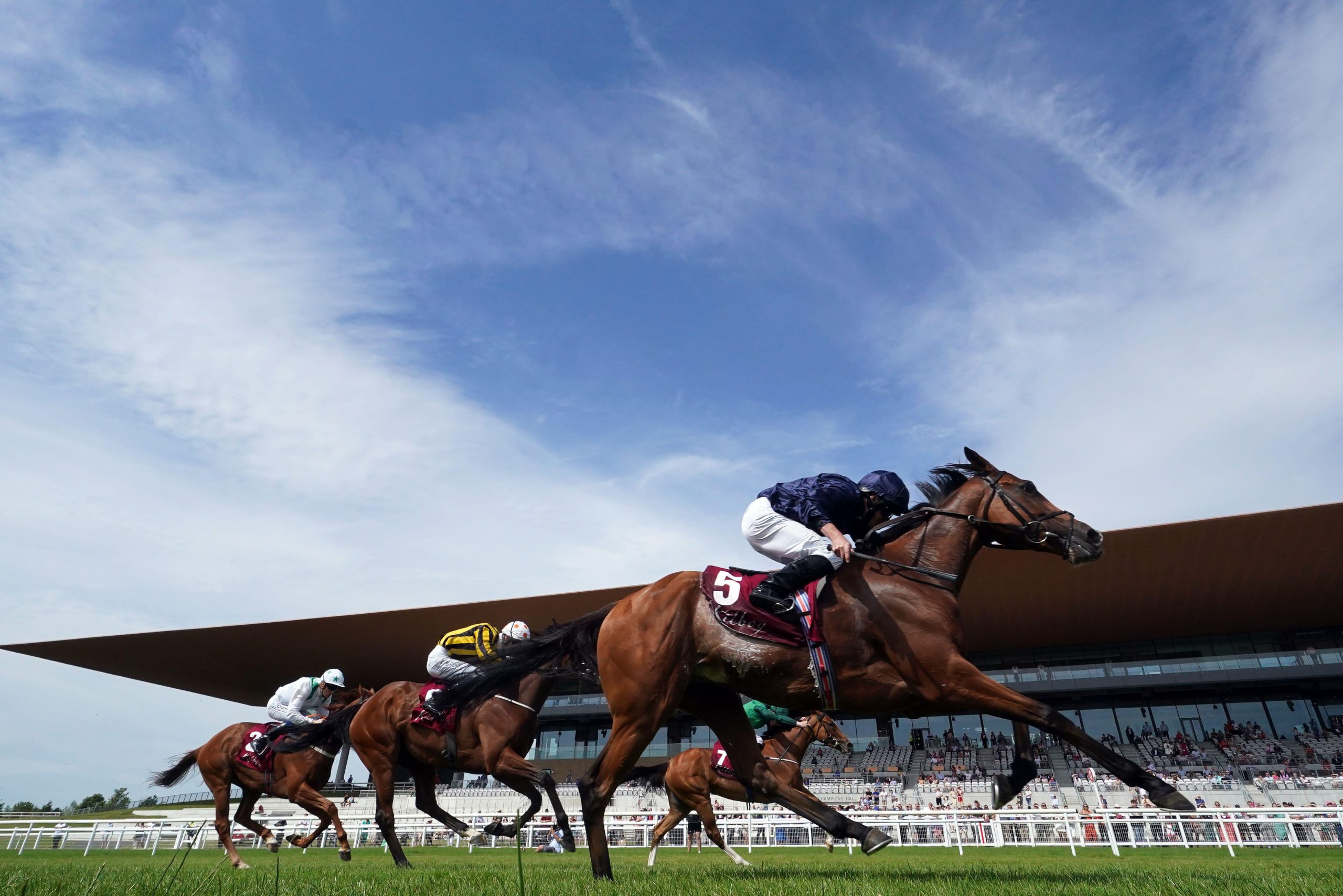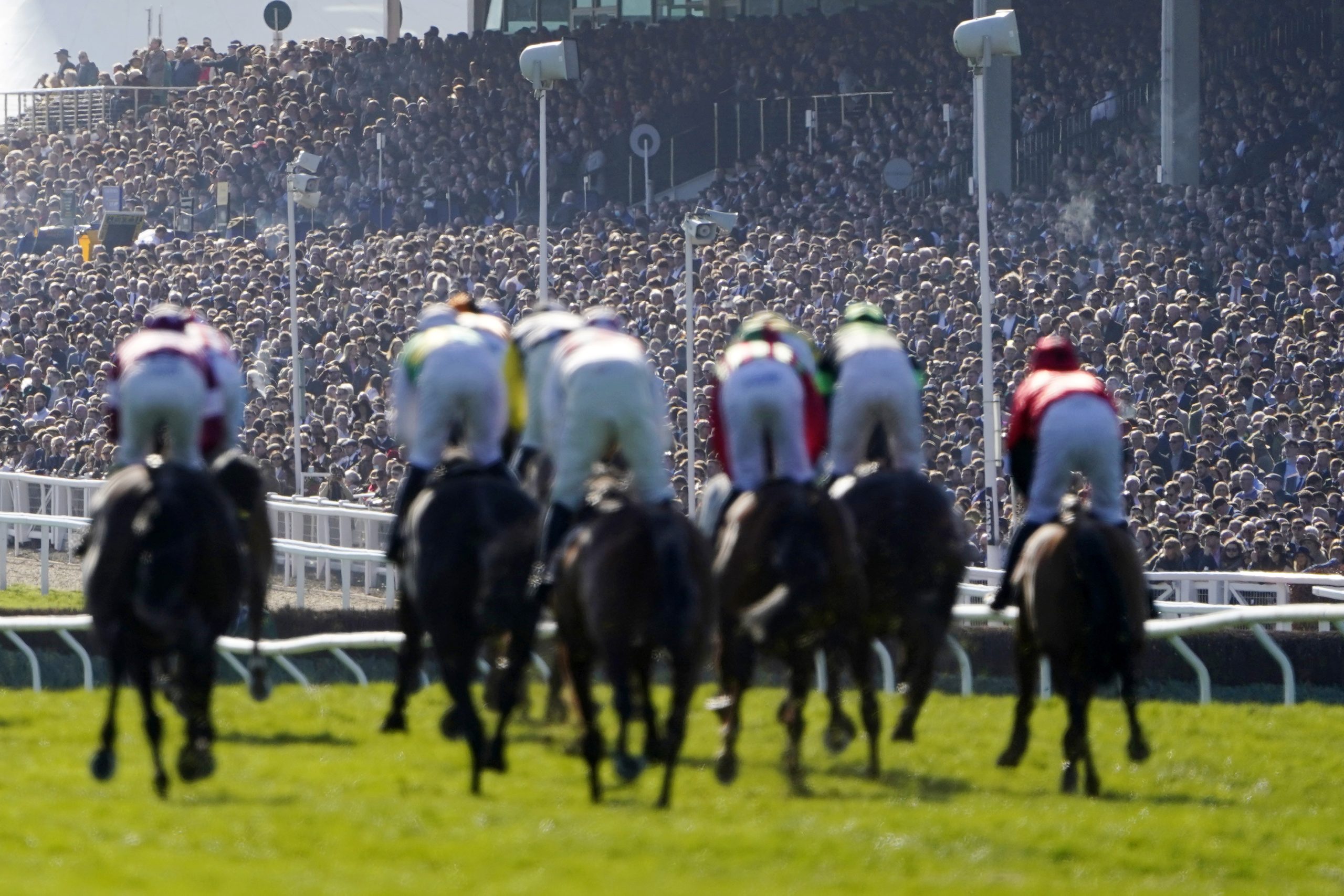
The old image of a punter hunched over a racecard, cigarette ash falling in slow motion while he waits for the tote to print, feels cinematic but dated.
Today, that same punter is more likely to be staring at a phone, watching odds ripple in real time as a race unfolds.
Live data hasn’t just sped things up; it’s quietly remade how wagers are made, who makes them, and why.
Faster decisions, smarter bets
Real-time feeds deliver splits, positioning, and even biometric-like metrics from trackers and sensors.
That sounds technical, but the effect is simple: information that used to arrive minutes later now arrives instantly.
For a bettor, that changes the calculus. You can hedge a position mid-race, jump on a falling favourite, or play micro-markets that close in seconds.
The market moves. The odds reflect action more accurately. Real-time insights for horse racing betting are redefining how wagers are placed.
This is not magic; it’s data velocity meeting market appetite.
New formats, new psychology
In-play markets and micro-bets—will the favourite lead at the first corner, which horse improves most in the final furlong—owe their existence to live data.
These markets are addictive because they give immediate feedback. That’s part thrill, part behavioural loop: humans like quick results.
Bookmakers have noticed, and products evolve. For punters, this means more choices, but also more noise. The challenge now is separating signal from excitement.
Who benefits and who loses?
Sharp players and trading desks have always exploited tiny edges. Live data amplifies that advantage.
Algorithms can process live telemetry far faster than any human, spotting patterns and executing trades across markets.
Smaller punters still win, of course, especially when they combine human intuition with data, but the playing field is shifting.
Transparency improves, yet the pace intensifies. If you’re the patient type who studies breeding and form, you might feel squeezed; if you like quick plays and fast-reaction trading, the era feels tailor-made.
Not just numbers – better storytelling
Data isn’t only for experts. Live charts, simple visual cues, and push notifications help casual users understand what’s happening in a race.
That’s important. Betting thrives when fans feel connected to outcomes. Better data can turn a casual viewer into an engaged punter without dumbing anything down.
It can also create smarter, responsible nudges—think stake limits tied to rapid in-play losses—if operators choose to use the tech that way. Whether they will is another question.
Costs, privacy and reliability
There’s a price to all this. High-frequency feeds cost money. Smaller tracks and independent punters may struggle to access the same quality of data.
And while live feeds are powerful, they are not infallible—latency, transmission errors, and inconsistent sensor quality introduce risk.
Hedging and sensible bankroll management remain as essential as ever.
Conclusion
Live data has shifted horse racing betting from a game of delayed information to one of instantaneous exchange.
That change favours speed, precision, and new product types, while also raising questions about fairness and access.
It’s a richer landscape, messier too. After all, data can illuminate, but it also complicates the human instinct to back a hunch.
As the technology matures, the world of wagering will keep evolving, and horse racing is simply the























